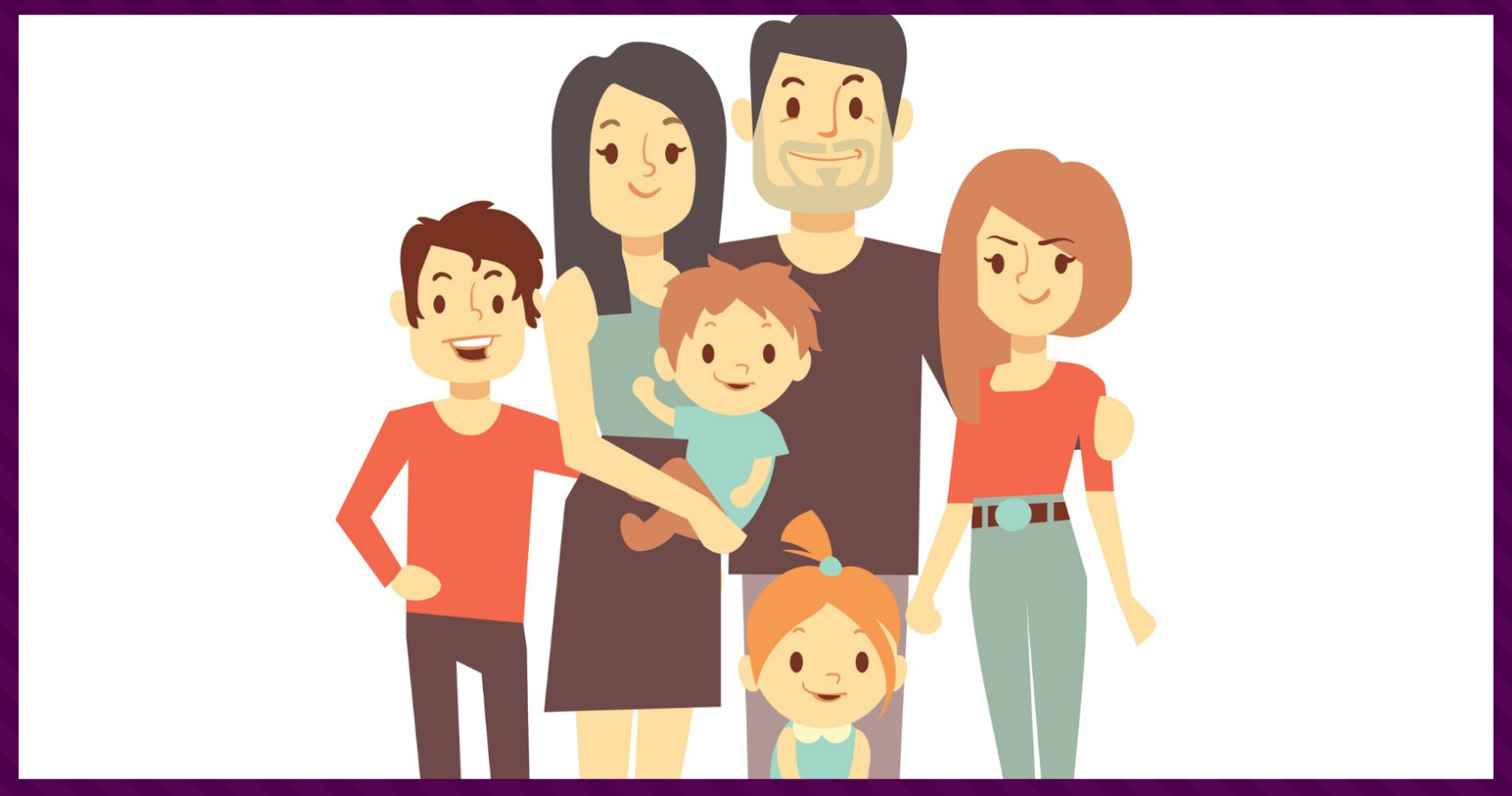Modern families come in many shapes and sizes. There is no blueprint for what a family looks like. Instead, there are many different scenarios where the most important factor is love. With divorce and separation rates being what they are, the blended family has risen to prominence in modern-day family life. Many children are being raised with step-parents, or other adults in their lives taking on a parenting role, although they are not related by blood. Although these scenarios can be fraught with complications, this doesn't need to be the case. Enter co-mothering.
Moms.com had the pleasure of talking to Jenny Silverstone, Writer and Editor of Mom Loves Best about what co-mothering is, and what makes it successful.
What Is Co-Mothering?
Silverstone explains co-mothering like this: "Co-mothering is when a woman serves as a second mom to a child who isn’t their own biologically. The child already has another mom, and the co-mother steps in as another mother."
Although it sounds fairly straightforward, co-mothering looks different in different situations. According to Silverstone, "some people use the term to explain their positions as step-mothers of a child who still has their biological mother. Actress Jada Pinkett Smith has been vocal about her role as a co-parent to her stepson, for instance."
She continues, "But it can also apply to lesbian couples in which one woman has had a child with their former relationship with a man. The new partner of the biological mother would serve as a co-mother to that child."
However co-mothering doesn't always have roots in a romantic partnership. Silverstone explains, "still, other women who are best friends apply the term in another way. When best friends who each have children move in together for economic reasons, they sometimes consider themselves co-mothers to their friend’s children who live with them."
What are some of the unique benefits of co-mothering?
All the situations that Silverstone has used to explain co-mother have something amazing in common. People are coming together for the best of the child. However, the co-mothering relationship isn't just what is best for the child; there are immense benefits for the mother as well.
Silverstone explains, "as that old saying goes, it takes a village to raise a child. With co-mothering, you have another resident in your village. That’s great news for the biological mother," because there are several benefits, including:
Parenting is intense: "All of us parents have felt the need for a break sometimes," she explains. "If you have a trusty co-parent at your side, you have someone you can count on when you need to walk away for an hour or two."
Also It brings greater perspective: "Parenting decisions can seem so black and white when they sometimes aren’t and so high stakes at times,"Silverstone says. "You feel that if you make the wrong choice, your child will never be on the right track again. A co-mother can bring perspective, by telling you that even if you don’t always make the right choice, it doesn’t mean doom and gloom for your child."
And the benefits for a child are also incredible. Silverstone states that, "For a child, co-mothering can be a great thing" for other reasons as well.
We all have different interests: "A biological mother might not have the same appreciation for comic books or make-up tips, for example, that a co-mother might," she explains." Exposure to different hobbies and interests is good for any child."
Also, it's another source of love: "At the end of the day, what any child wants is to be loved," notes Silverstone. "A mother’s love will always be special -- whether that’s a biological mom or a co-mom. There’s more than enough room for both women in a child’s life."
Modern family life is full of incredible pressure for both children and parents. A healthy co-mothering relationship seems like a way to ease some of that pressure, creating a more loving and supportive environment for everyone involved.
Although co-mothering in general sounds wonderful, there are certain scenarios where the benefits are even more pronounced
Co-parenting in any capacity is typically seen as a difficult and potentially emotional experience for all involved. However, this doesn't need to be the case.
Silverstone explains, "co-mothering, especially when it happens in what are traditionally considered difficult situations like divorce and step-parenting, can be a valuable teaching tool for a child. It can show kids that any situation can be handled if it is approached with sensitivity and maturity."
Putting disputes aside and trying to nurture a supportive relationship for everyone involved is immensely valuable. Silverstone notes, "While other families struggle with hostility and jealousy over a stepmother’s role in a child’s life, an approach where co-mothering is the goal, and a priority can make for a much less stressful homelife for a child."
Apart from simply establishing harmony between family members, there is also a deeper message. According to Silverstone, "It can also show women that we don’t need to be enemies, that it’s better to prop other women up than tear them down. That’s a lesson we need more of in this world -- a show of sisterhood."
Of course, it's understandable why there may be so many complicated emotions in any co-parenting situation. The important thing, Silverstone notes, is to look at the big picture. "It can take a lot of patience to pull this off, especially if there were hard feelings about how the marriage ended," she states, "but if co-mothering is successful, it’s best for all parties involved."
READ NEXT: EXCLUSIVE: Who Is Behind The Instagram Account 'Moms Behaving Badly?' Meet The Creators

